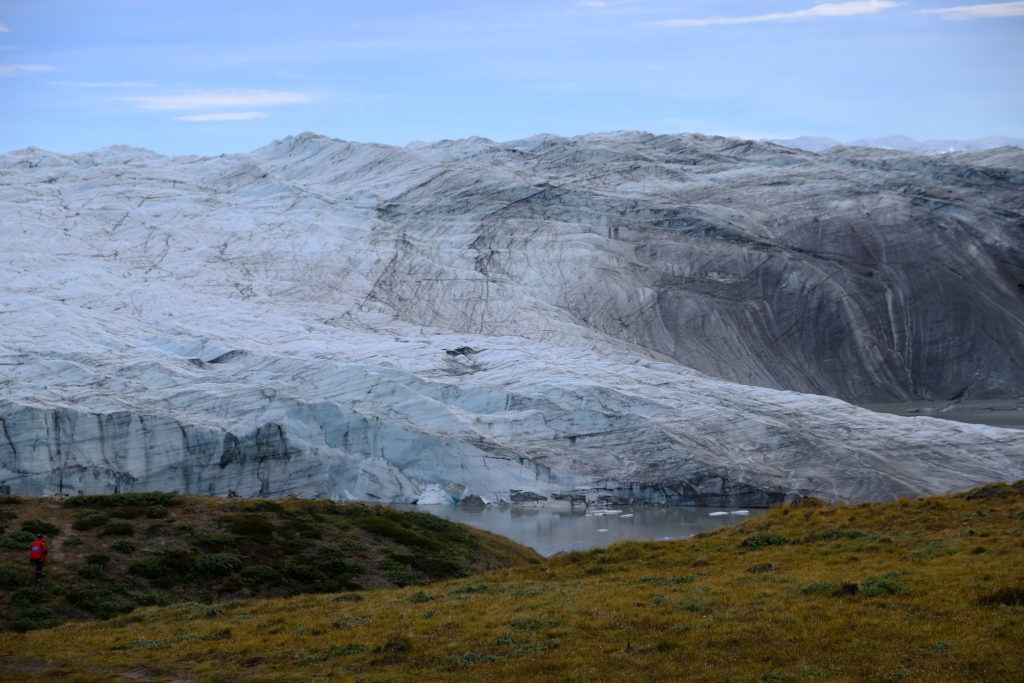
Permafrost is defined as rock or soil that has been at or below the freezing point of water for two or more years. Most of it is located in high latitudes in and around the Arctic and Antarctic regions. Permafrost covers nearly a quarter of the exposed land in the Northern Hemisphere.
Permafrost can contain many different materials including bedrock, sediment, organic matter, water and ice. Because of the presence of organic matter, permafrost is potentially the source of significant methane emissions if it thaws and the trapped biomass begins to rot.
A recent study looked at the results of 30 years of aerial surveys and extensive ground mapping of an area of Canada’s high Arctic polar desert known as the Eureka Sound Lowlands. This area has an extremely cold climate and the permafrost there is over 1/3 of a mile thick. It has long been assumed that this landscape was stable.
Research led by McGill University in Montreal has found that this is not the case. The increases in summer air temperatures seen in recent years are initiating widespread changes in the landscape.
A particular landform known as a retrogressive thaw slump that forms when ice within permafrost melts and the land slips down is widely occurring in the area. The absence of vegetation and layers of organic soil in these polar deserts make permafrost in the area particularly vulnerable to increases in summer air temperatures.
The research indicates that despite the cold polar desert conditions that characterize much of the high Arctic, the interaction between ice-rich permafrost systems and climate factors is complex and the links between global warming and permafrost degradation are not well understood.
**********
Web Links
Widespread permafrost degradation seen in high Arctic terrain
Photo, posted August 11, 2018, courtesy of Flickr.
Earth Wise is a production of WAMC Northeast Public Radio.
Leave a Reply